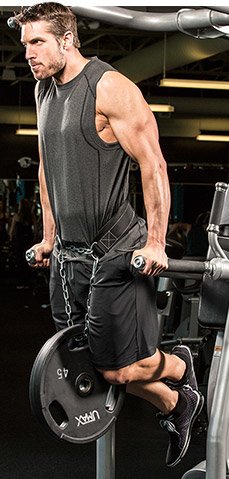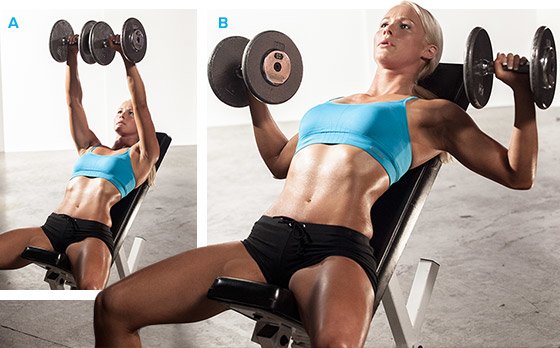Part 1 | Part 2 | Part 3

Trainers, gym-goers, writers and athletes in the fitness industry tend to hype up or over-exaggerate the latest training breakthrough. Everything they have tried seems to be the best system ever. Although any program will work for a while, and no program will work forever, there still appears to be a search for the MAGICAL or PERFECT program. Readers of Bodybuilding.com will know that this is not the case - there is no such thing as the perfect program.
However, the very search for the magical training program has yielded some fascinating training methods.
Although several of these systems are based on nothing more than anecdotal opinion, a recent method has surfaced that has the stamp of science approval on it. Is it the perfect program? Doubtful. Is it perhaps the most effective training method for the more advanced trainee? Quite possibly.
Recent published research from Arizona State University has shown that a method of structuring the set and rep protocols in a vastly different manner (called undulating Periodization) has proven to be especially effective in inducing maximum strength gains, when compared to traditional linear or alternating Periodization models.
The Different Types Of Periodization
-
Linear Periodization is when the reps are decreased each successive phase and the loads are increased e.g. phase one 15 reps, phase two 12 reps, phase three 10 reps, phase four 8 reps.
-
Alternating Periodization is when the trainee switches between higher reps and lower reps at each phase - e.g. phase one 15 reps, phase two 8 reps, phase three, 12 reps, phase four 6 reps etc
-
Undulating Periodization takes the adjusting of rep protocols one step farther. This system actually adjusts the rep bracket with each workout.
Traditional Thinking
Traditional thinking states that the body adapts to a workout in as little as 6 exposures. In actuality - the body adapts to the rep range the fastest, and the exercise selection the slowest. So we need to change the rep bracket more often than we change the exercises. Typically a trainee will change the exercises first - not the most effective training system.
With traditional Periodization, this means that a workout will 'work' for at most 3-6 weeks. This is when we change the routine to prevent staleness, introduce a new stimulus and keep the body adapting positively
With undulating Periodization and the variable rep system, you will train each body part twice per week, yet you will not repeat the same workout for more than ten days. This means the body will not have adapted, i.e. you won't need to begin a new routine for close to ten weeks, despite the fact you are hitting each body part twice per week.
The May 2002 issue of The Journal of Strength and Conditioning Research reported that experienced strength trainers who followed this type of training program doubled strength increase as compared to a traditional training, control group. It concludes that ongoing strength gains for those who have hit plateaus may be preferentially accrued from this type of training.
In the interests of clarification, I have enclosed a workout split - based on an upper-lower-body split - with some basic exercises. You do not need to follow this split, nor do you need to select these exercises. What you do need to stick to though is the sets and rep parameters.
In this example, we train upper body on Mon and Thu, and lower body on Tues and Fri. Just move to the next workout in the program until you have repeated each workout 4-6 times.

Incline Dumbbell Press
Conclusion
This training system is probably quite unlike anything you are used to seeing. That's exactly what you need. If your body hasn't experienced anything like it before - imagine the possibilities of the results at the end of one cycle. Give it a real life test run, record everything you can - body fat, weight and strength levels etc. For six weeks give this program everything you've got and you'll be well on your way to new strength and muscular development.
